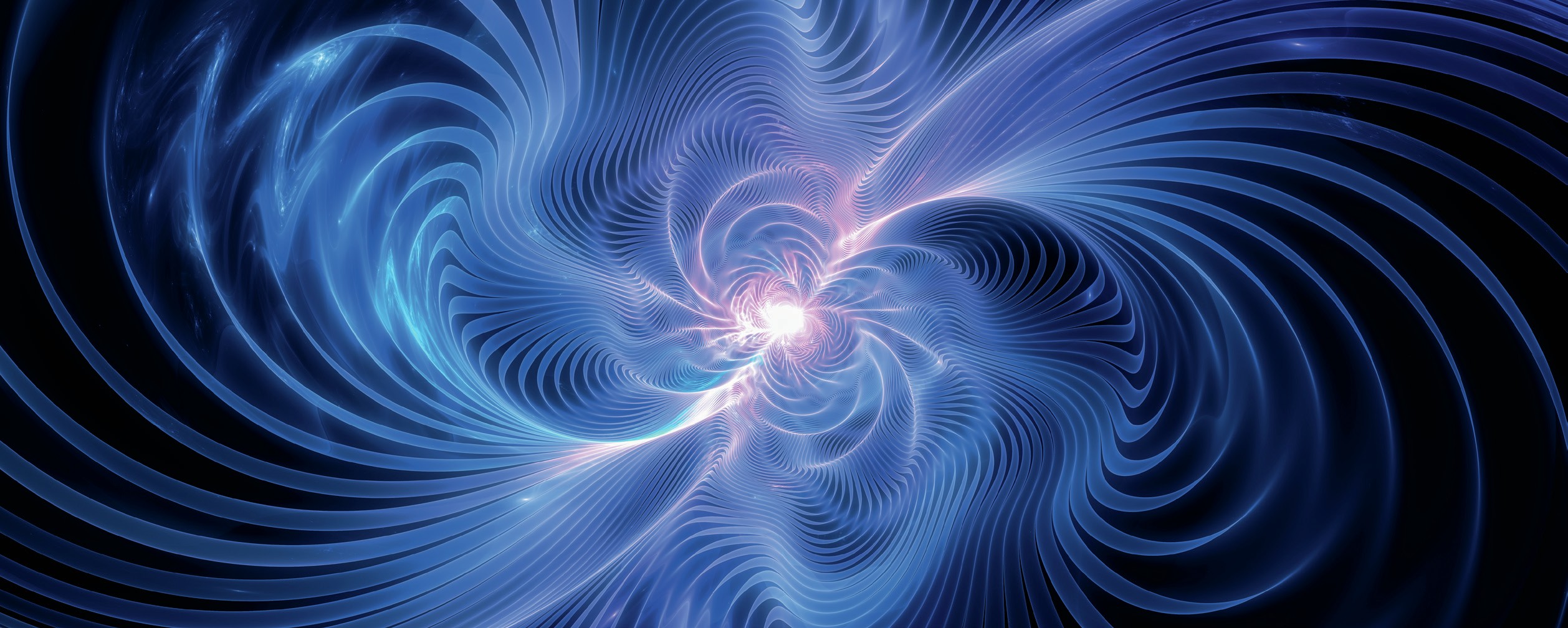
The terms in bold link to topics in the AQA, Edexcel, OCR, WJEC and CCEA A-level specifications, as well as the IB, Pre-U and SQA exam specifications.
Einstein’s theory of gravity describes spacetime as something that is dynamic, and which can flex and bend. The theory can account for the orbits of planets, for example, and also predicts the existence of gravitational waves. Recent experiments, using the interference of light waves, have detected such waves, resulting from the collision of black holes. These experiments rely on sophisticated data analysis techniques.
Your organisation does not have access to this article.
Sign up today to give your students the edge they need to achieve their best grades with subject expertise
Subscribe




